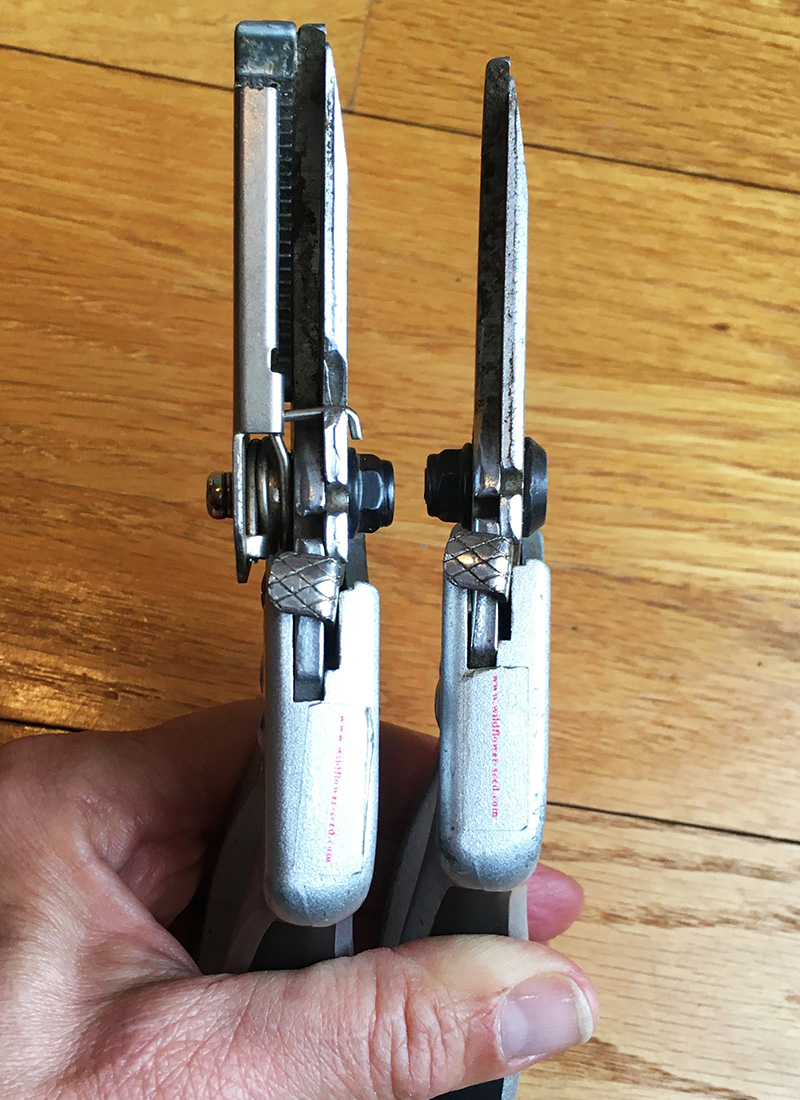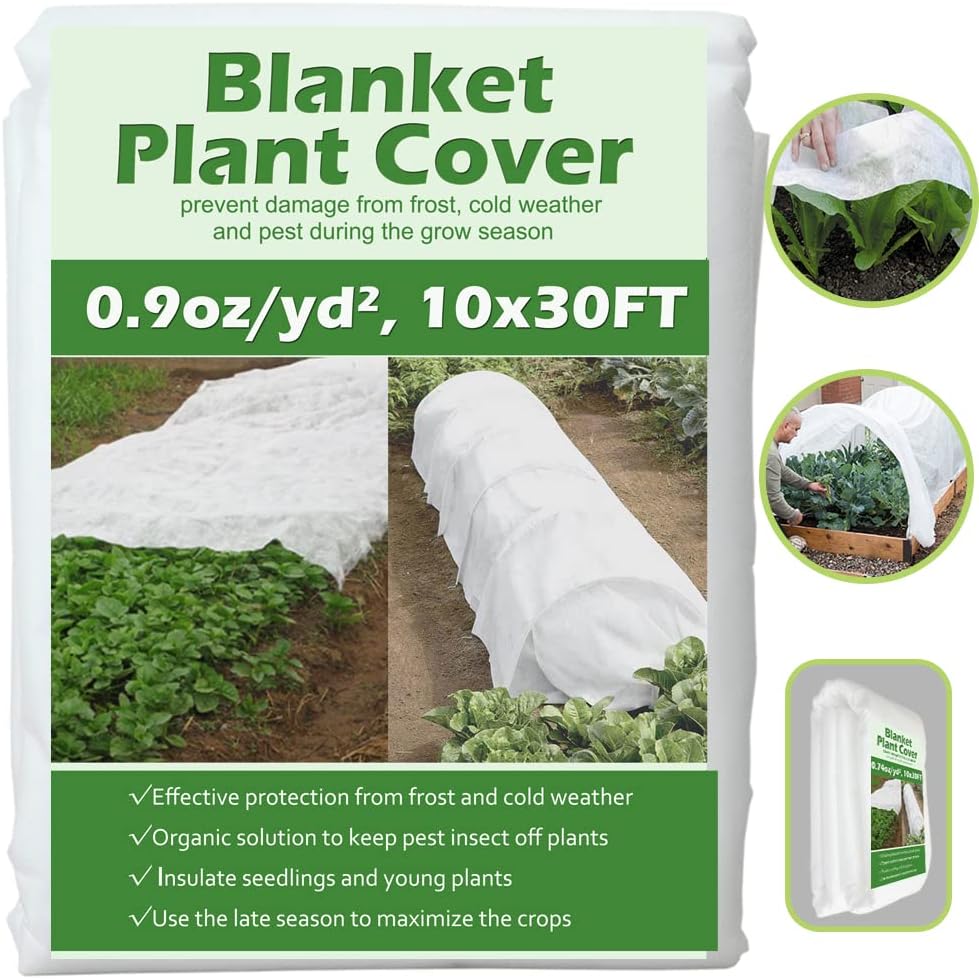
My father was a master carpenter, probably before that term existed. His single-car garage held every sort of tool imaginable, and he was very fond of telling us that we should use the right tool for the right job. I believe he was 100% right.
Pruners
My favorite source for garden tools is Wildflower Seed & Tool Co., a regional company from Napa Valley that sells at local garden shows. I have all three of their cut-and-hold pruners—the Woman’s Pro, the Short Reach, and the Telescopic with Pivot Head. I also have their Telescopic Power Lopper and the Woman’s Pro By-Pass Pruner.
What I love about all of their hand pruners is the way they fit my hand. Interestingly, even though they market the tools for women, my husband, who is a large man, favors the tools as well.

I love using cut-and-hold pruners, especially the Short Reach, for pruning roses (Rosa spp. and cvs., Zones 3–9). You make your cut, and the tool holds onto the cutting until you pull it away and either drop it where you want it or grab it easily with your other hand. It allows you to stand more upright while pruning and eliminates having to reach down or into the shrub to retrieve dropped cuttings. This relieves a lot of stress on your back and damage to skin and fabric from thorns.

The Telescopic Pruner with Pivot Head is great for trimming tall vines, like a thorny bougainvillea (Bougainvillea spp. and cvs., Zones 9–12). I have an espaliered Catalina ironwood (Lyonothamnus floribundus, Zones 8–10) in my backyard, and this pruner allows me to reach over 6 feet to trim the highest bits as well as deep into tight spaces. I can hold onto the trimmings and pull them out past the garden bed.

For tighter situations, where the gripping feature of the cut-and-hold pruners might be too wide (approximately 5/8 inch), the Wildflower Seed & Tool By-Pass Pruner (approximately 1/8 inch) can get in there and give you a nice cut.
Digging tools

Above is my smallish version of a traditional mattock, which is a tool used for both digging and chopping. Where this tool comes in especially handy is when it is time to add mulch to a garden bed. I like to dig the soil away along all hard edges before adding mulch so that the mulch has somewhere to tuck into, rather than falling off onto the hard surface. This mattock, while slightly larger, is very similar to what I use.

Alongside the mattock, I also like to use a hand hoe that has a combination of a hoe blade and cultivator tines. This comes in especially handy when digging in rocky soil or beds with gravel mulch. A verson similar to mine is this Fiskars model.

Arm protectors
Do you have any plants in your garden that are a bit scary to get close to? I have a few of those, Queen’s tears (Billbergia nutans, Zones 10–11) being the perfect example. This bromeliad has razor-sharp teeth along the margins of its leaves that make it especially hazardous to divide without extra protection. None of my long-armed gloves are long enough to protect my skin or clothes. I recently discovered these canvas arm protectors that go pretty far up the arm and stay in place.
Do you have any favorite tools? If so, please share in the comments section. I am always in search of the next best thing.
—Francesca Corra, APLD, is a nationally certified landscape designer and owner of Dirt Diva Designs in Studio City, California.
Fine Gardening Recommended Products

Plant Covers Freeze Protection 10 ft x 30 ft Floating Row Cover 0.9oz/yd²
Fine Gardening receives a commission for items purchased through links on this site, including Amazon Associates and other affiliate advertising programs.

Fiskars 15" PowerGear Loppers—Sharp Steel Blade Bush and Tree Trimmer
Fine Gardening receives a commission for items purchased through links on this site, including Amazon Associates and other affiliate advertising programs.



















Comments
Log in or create an account to post a comment.
Sign up Log in